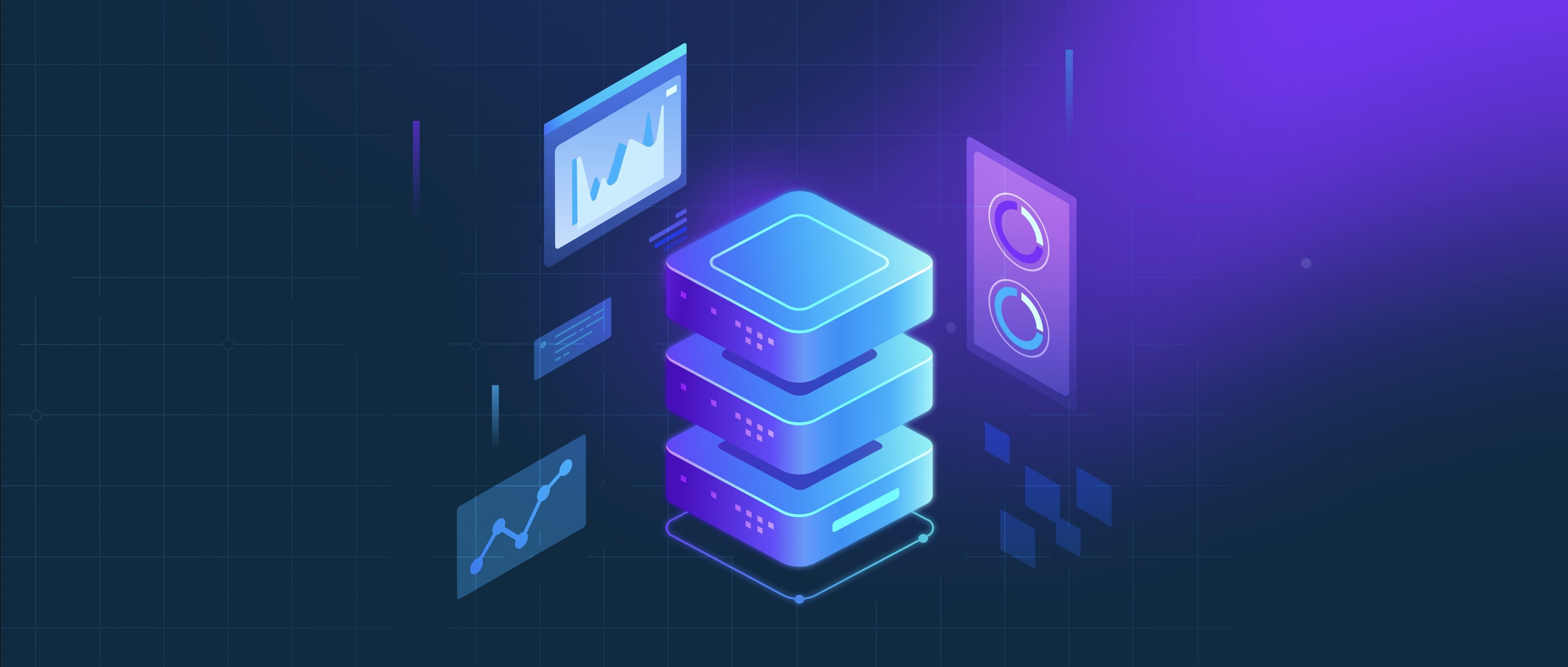The customer lifecycle in Software as a Service (SaaS) refers to the stages a customer goes through from the initial awareness of a product to long-term usage or subscription renewal. This lifecycle typically consists of five key stages: awareness, consideration, acquisition, retention, and advocacy. Each stage represents a different interaction between the customer and the SaaS product, guiding developers and product teams in creating effective strategies to enhance the customer experience.
In the awareness stage, potential customers become aware of the SaaS solution through marketing efforts, word-of-mouth, or online searches. For example, a software development team might use targeted ads or educational content to attract developers looking for collaborative tools. Once potential customers are aware, they move to the consideration stage, where they evaluate the product against competitors. Here, user reviews, detailed documentation, and free trials play a crucial role. Developers should ensure that the product’s unique features and benefits are highlighted, making it clear why it is worth considering over other options.
After customers decide to try the product, they enter the acquisition stage, typically involving a sign-up process. This is crucial for developers to ensure that the onboarding experience is smooth and user-friendly, as a poor onboarding experience can lead to high churn rates. Following acquisition, the focus shifts to retention, where the goal is to keep users engaged and satisfied. Regular updates, user support, and feedback channels are essential at this stage. Finally, the advocacy stage occurs when satisfied users recommend the product to others, creating a powerful marketing effect. Developers can foster advocacy by creating community engagement opportunities, such as forums or user groups, allowing customers to share their success stories and best practices. Understanding these stages helps developers create a better product and an enhanced customer experience.
